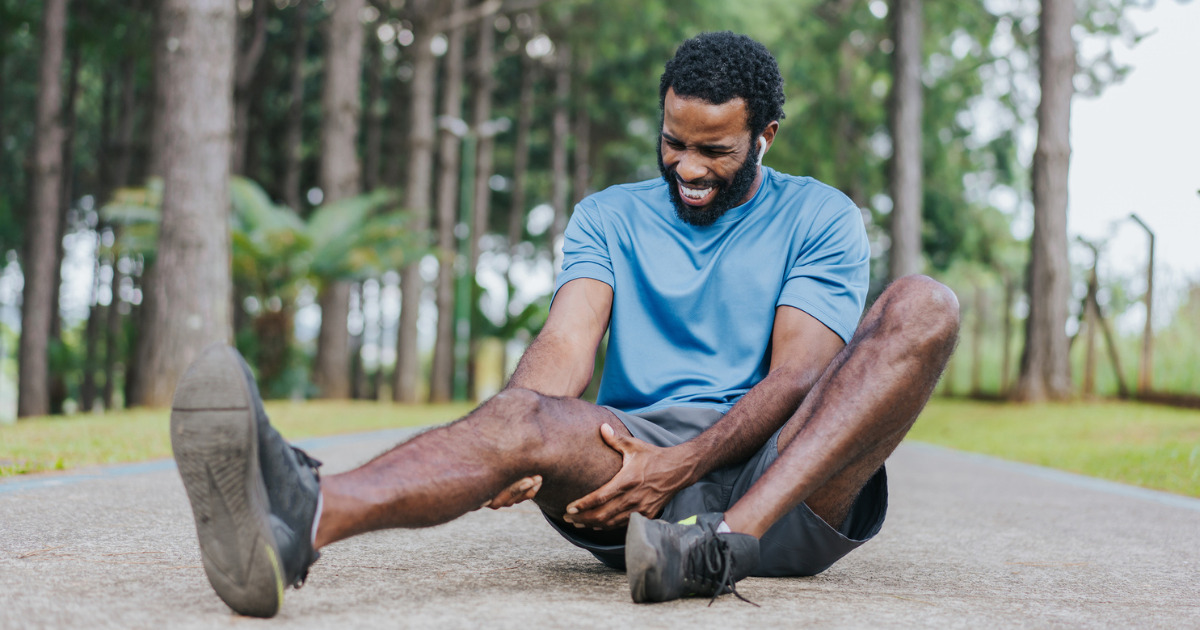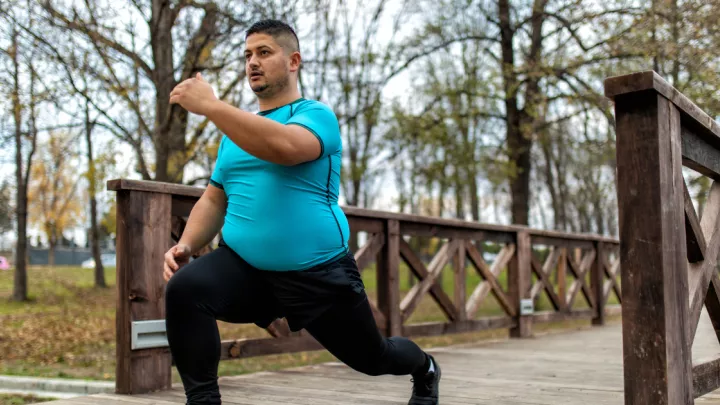How to relieve sore muscles after a workout

Physical exercise is critical to maximizing your health and building good habits. Regular physical activity can help you manage your weight, reduce health risks for multiple diseases, boost longevity, manage chronic conditions and much more. Still, working out can leave you sore regardless of how you do so. Luckily, there are ways to reduce post-workout muscle soreness.
What causes muscle soreness after a workout?
“Muscle soreness, following a workout, is primarily caused by the breakdown of muscle tissue, which causes a nervous response (soreness) in these tissues,” says physical therapist Jason Roberts, PT. When working out, you create a force your body must adapt to. “So, muscle soreness itself isn’t necessarily bad; it’s just your body responding to a workout.”
“I always tell people you should be sore after a workout if you push yourself,” says Roberts. “But this soreness shouldn’t last more than two days.” Delayed muscle soreness starts approximately 24 hours after a workout and should peak around 36 hours post-workout.
“Within two days of a workout, you should be pretty much recovered,” says Roberts. “If you’re still sore three or four days later, you likely pushed too hard and need to adjust your workout program.”
Relieving soreness?
Today, there are countless recovery methods people, from professional athletes to weekend workout warriors, use to help reduce or lessen the effects of muscle soreness. Massages, foam rolling, hot or cold tubs, and massage guns are all examples of modern recovery methods that have increased in popularity recently.
However, according to Roberts, "No recovery modality has been shown to improve recovery more than good nutrition, sleep and rest." This fact doesn't mean these other recovery methods are harmful; however, there's little evidence to promote their efficacy.
“Some of it may be psychological,” says Robert. “For example, some people feel better if they stretch after a workout, but little evidence supports it. Still, if it makes you feel better, then do it. I just can’t say these other modalities are better for you than proper sleep, nutrition and rest.”
Pain vs. soreness
Knowing the subtle but distinct difference between pain and soreness is essential. “I don’t usually worry about soreness in patients, but I worry about pain,” says Roberts. “If we’re loading the tissues (via a workout), there should be soreness.” If this pain is within 3 out of 10 and goes away within 24 hours, there’s nothing to worry about.
“But if the pain is still present after 24 to 48 hours, we'll adjust our program because you're probably pushing a little too hard," says Roberts. "Soreness is a natural response from your body to an overload; it's how it adjusts and gets better.”
As mentioned, if this pain (soreness) lasts over 48 hours, you’re probably pushing your body too hard. Likewise, there’s a significant difference between a joint and a muscle's soreness. “If you have a sore joint, you should be a little more cautious because there’s blood flow to a muscle, which allows them to recover faster than a joint,” says Roberts.
Recovery at Nebraska Medicine
If you've had soreness for over 24 to 48 hours or a workout/sports-related injury, Nebraska Medicine is here to help. Our rehabilitation department is full of top-notch occupational therapists and physical therapists, like Roberts, who are dedicated to helping you recover successfully.







